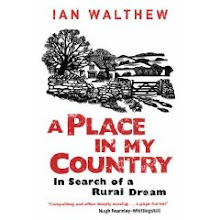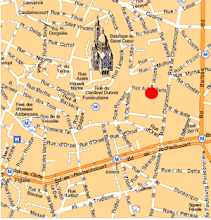From: Allan Evans
Sheep & wool producer
Corryong Victoria
Australia
We need to do a better job of wild dogs
Dear Editor,
I ask our community and government to consider this:
Sheep killed on our property: 86
Wild dogs: 19 shot, 7 trapped
Where: Less than 6km from Corryong
Time: 5½ months
Our neighbour lost 14 sheep in this time – he has the luxury of being able to bring his flock in close to his house. I don’t. Another few kilometres from our farm, 12 dogs were seen harassing a calf, only one of these dogs has been shot.
As producers we are not sitting on our hands. I have just electrified a further 2.5km of fence but the actions of individual producers are not enough. We desperately need a co-ordinated, proactive approach with strong frontline support from the Department of Primary Industries and the Department of Sustainability.
Wild dogs are a nightmare. For me the continuous onslaught has been worse than any drought. The inevitability of it wears you down. More than once I’ve thought of giving up farming altogether.
Our control approach must be practical, it’s got to work, and it is here department policy makers are making some serious mistakes.
Their worst so far has been the invention of the 3km buffer zone around our Crown lands and parks which means that trapping in this restricted area is the only sanctioned emergency response to dog attacks. To lay baits inside or outside the buffer zone, the DPI must apply to DSE, which manages Crown land, for a permit which can take weeks.
I cannot for the life of me understand what purpose this buffer zone serves apart from protecting wild dogs. What about our native wild life? Wild dogs have wiped out the mob of red-necked wallabies on our property. Where’s their buffer zone?
Wild dog control is a shared responsibility but none of us have any hope while we’re working at cross purposes.
DSE is hampering DPI’s dog control efforts by failing to control its blackberries which provide dogs with protection and food (by encouraging rabbits and deer).
In turn, DPI is thwarting its doggers’ efforts by implementing this ridiculous buffer zone and by tying up their valuable time with administration tasks rather than allowing them to get out and do what they do best. More administrative support for doggers would translate into better dog control.
Dogs can travel large distances very quickly. Doggers should be able to trap and poison on all roads and tracks for at least 15km into the bush without the need for permits.
This is our shared responsibility NOW. We have to act NOW. Ineffective actions that give lip service to wild dog control are not helping anyone. Not me, not other producers, not our irreplaceable native wild life. In the bush, dogs are the top of the food chain and as their numbers grow, everything else vanishes.
Yours sincerely,
Allan Evans





















2 comments:
Our control approach must be practical, it’s got to work, and it is here department policy makers are making some serious mistakes.
Their worst so far has been the invention of the 3km buffer zone around our Crown lands and parks which means that trapping in this restricted area is the only sanctioned emergency response to dog attacks. To lay baits inside or outside the buffer zone, the DPI must apply to DSE, which manages Crown land, for a permit which can take weeks.
Wild dogs are a nightmare. For me the continuous onslaught has been worse than any drought. The inevitability of it wears you down. More than once I’ve thought of giving up farming altogether.
http://www.unfarms.com/
Post a Comment